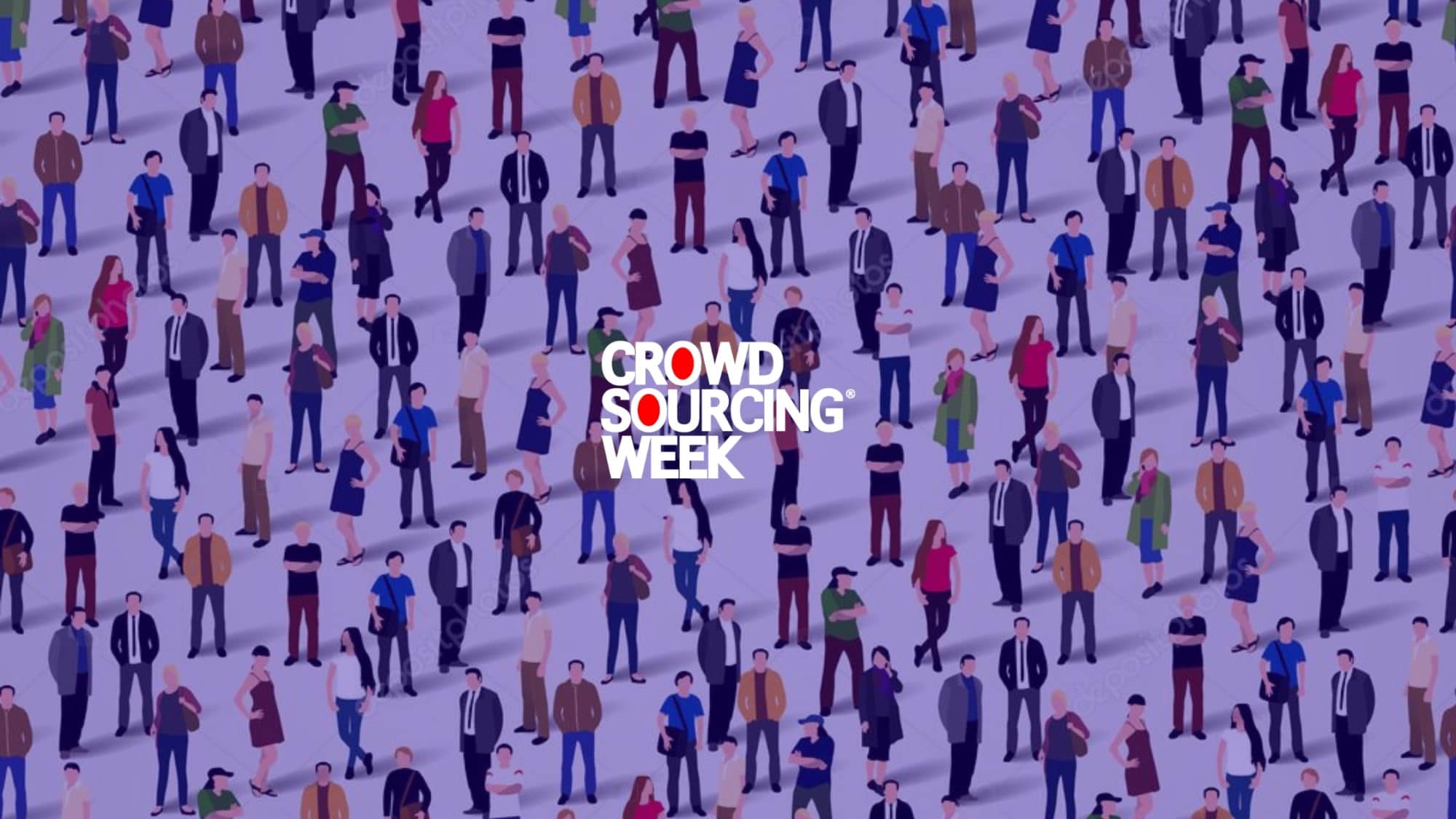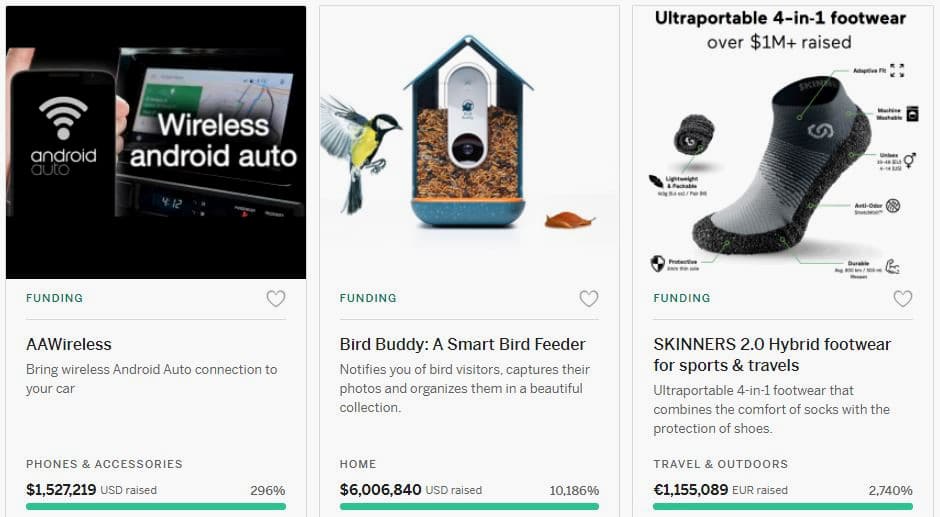Our ability to communicate with many minds on a mass scale has made it a lot easier to turn to large groups of people to provide us with solutions to challenging issues, to deliver innovative new ideas, or give their feedback on our own ones. Turning a question or a challenging task over to a wide talent pool gives companies access to amazing suggestions for new products or services, or for crowdsourcing new solutions to a challenging problem in many business sectors.
The crowdsourcing process taps in to a wider pool of people with different skills, experience, culture and mindsets to company employees or professional consultants. Right from the outset, greater diversity could mean a different approach leading to a different solution to a challenge.
Not only does crowdsourcing help with problem-solving, it can also allow crowds of people to feel more connected to companies and organizations. Building and nurturing a community of contributors can have huge benefits in terms of marketing, brand visibility, and customer loyalty.
In this article we take a look at the processes of crowdsourcing solutions or deliverables in five key business sectors.
Prize Challenges and Open Innovation
Anyone facing business or organisational challenges has access to more information than has ever been previously available. And so has everyone else with access to the internet. Prize challenges are a method of crowdsourcing potential solution providers who can tackle a wide range of issues. They could be company employees outside of those working in traditional R&D, or an external crowd of people who have no formal company links at all.
All crowds are able to approach and tackle challenge issues without any preconceptions of an expected scale or scope of a solution. Any single challenge could result in a multitude of potential solutions, with only one or maybe just a few who qualify for any prize challenge reward. Solutions can be more wide ranging, and are arrived at both faster and more cost effectively than through ‘normal’ procedures.
A company may have access to a crowd of its own, perhaps customers, product owners or users, or maybe it will use a prize challenge platform such as HeroX. Their global network has over 120,000 solution providers in 175 countries. Even this vast crowd may not represent the desired skills or insight appropriate for a challenge, and they can work to a client’s brief to recruit the more ideal candidates.
Automatic Speech Recognition Systems (ASRs)
Smart devices and gadgets are increasingly available with speech capabilities designed to raise ease of use and thus customer satisfaction. Though satisfaction can swiftly turn to frustration when we are unable to make ourselves understood. The AI systems that power automated speech capabilities are trained using vast datasets of spoken words and phrases, which are transcribed and annotated in order that appropriate replies are offered and correct actions are taken.
This requires speech datasets to not only include technical terms and phrases relevant to a company’s business sector, but also in all accents and dialects that exist within any particular language. Neevo is an example of a platform that uses a global crowd of contributors to deliver its speech data, in most cases by completing a set of microtasks.
As providers like Neevo build their resources, an increasing range of speech datasets are available “off the shelf.” However, through crowdsourcing new solutions to cover data gaps such as languages spoken in the accent of certain ethnic minorities, or where complex terminology perhaps requires input from qualified translators, further bespoke speech, annotation and transcription input is generated from specifically selected contributors.
Product Innovation through Crowdfunding
The all-or-nothing model of reward-based crowdfunding enables product innovators to take an idea for a new product, which could still be in early development, and test consumer demand through a direct attempt to generate sales.
A calculation of the number of orders required to justify the costs of a minimum first production run can be set as a target. If the target is reached, production goes ahead and goods are shipped to the early stage backers. If the target is not reached, crowdfunding platforms ensure any pre-payments are returned, and a loss-making production run does not have to happen. The product innovators can return to the drawing board, having conducted solid market research and without having taken a significant financial risk.
Reward-based crowdfunding isn’t just for startups and entrepreneurs. A growing list of corporate users include fmcg (fast moving consumer goods) brand owners such as Procter & Gamble, food and beverage brands including Coca-Cola, and established electrical goods producers such as Nikon, Philips and Sony. New brands unknown outside China are also using reward-based crowdfunding so that they can get some customer feedback before trying to establish retail distribution at scale.
Cybersecurity
Measures to safeguard cybersecurity had to be stepped up during pandemic lockdowns. Far higher levels of employees have been working from home and accessing company systems through less secure residential connections. Cybercrime, and the risk of cybercrime, has grown. Sad statistics prove that in the first half of 2020, the level of intrusion incidents was 154% higher than in the whole of 2019.
Synack, and rival platforms such as Bugcrowd and Intigriti, match businesses that have security and testing requirements with appropriately skilled candidates from their global networks of “ethical hackers.”
In the process of crowdsourcing new solutions, these hackers test and pressure websites, apps and communication links to find weaknesses and bugs before any of the ‘bad guys’ do. These penetration-testers and bug-hunters are often already fully employed in IT, and take on microtask work to broaden and accelerate their experience while they earn some extra income. For some, it provides a more stimulating challenge than their day job, it accelerates their accumulation of experience, and getting paid to do it is almost a secondary reason.
Marketing Services
Platforms such as Tongal enable businesses to crowdsource creative ideas and finished content to use as part of their marketing programmes. Tongal’s global community of more than 200,000 independent writers, producers, editors and animators are experts at creating high-quality content which is made at local studios around the world.
Clients set out their briefs (the description and checklist of their requirements) in a standardized format created by Tongal, and they are posted on the site. Work can include podcasts, banner designs, videos, documentary films, social media content, whatever.
Content creators – who Tongal calls “ideators” – can submit their ideas either in their own chosen form, or as required by the brief. Tongal shortlists the best submissions for the clients to review, and the clients can also check out each ideator’s portfolio of work to see examples of their finished work.
All work is submitted and reviewed within Tongal, which also forwards payments to the ideators. Any misunderstandings can be dealt with at an early stage and it avoids any standoffs.
Creative content is just one element of any business’s marketing activity. It needs to be developed from a clear understanding of the overall marketing aims and the strategy to achieve them. Marketing agencies are usually hired on a contract basis that can involve retainer fees. Crowd, however, is an example of a platform – based in Brazil – that provides access to a full range of digital marketing services on an on-demand basis.
Clients brief Crowd. Crowd uses its experience to recommend the size and calibre of a team that’s needed, and then assembles the team from its network of marketing professionals. Crowd does not directly employ anyone , and has no long-term contracts with its clients, yet it manages the process, operates as quality controller, and delivers the agreed activities. As they get to better understand a client they can also start to proactively recommend further activities.
Have you any experiences of using crowdsourcing to source ideas, check response to new products or services, or to deliver a solution to a problem? What part of the process surprised you most?







0 Comments